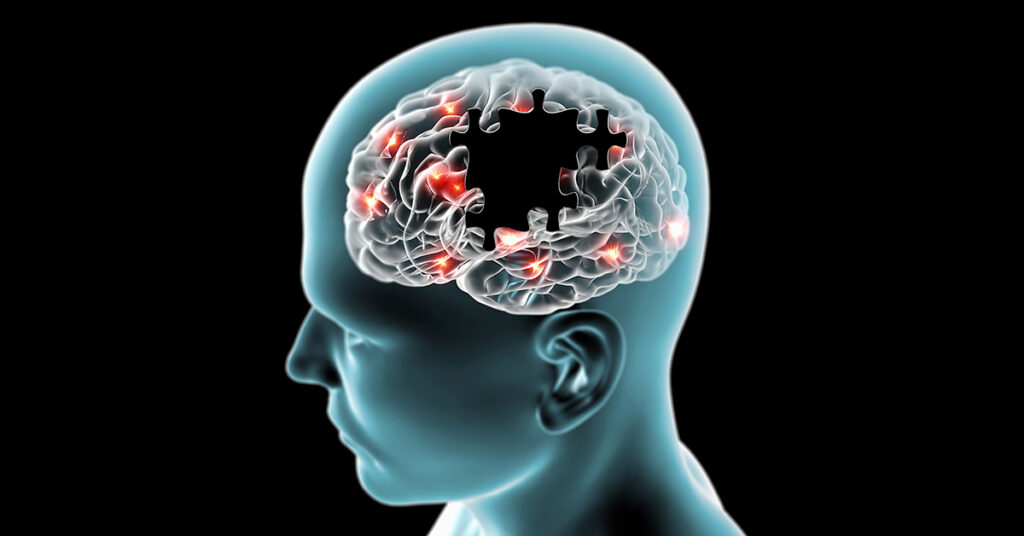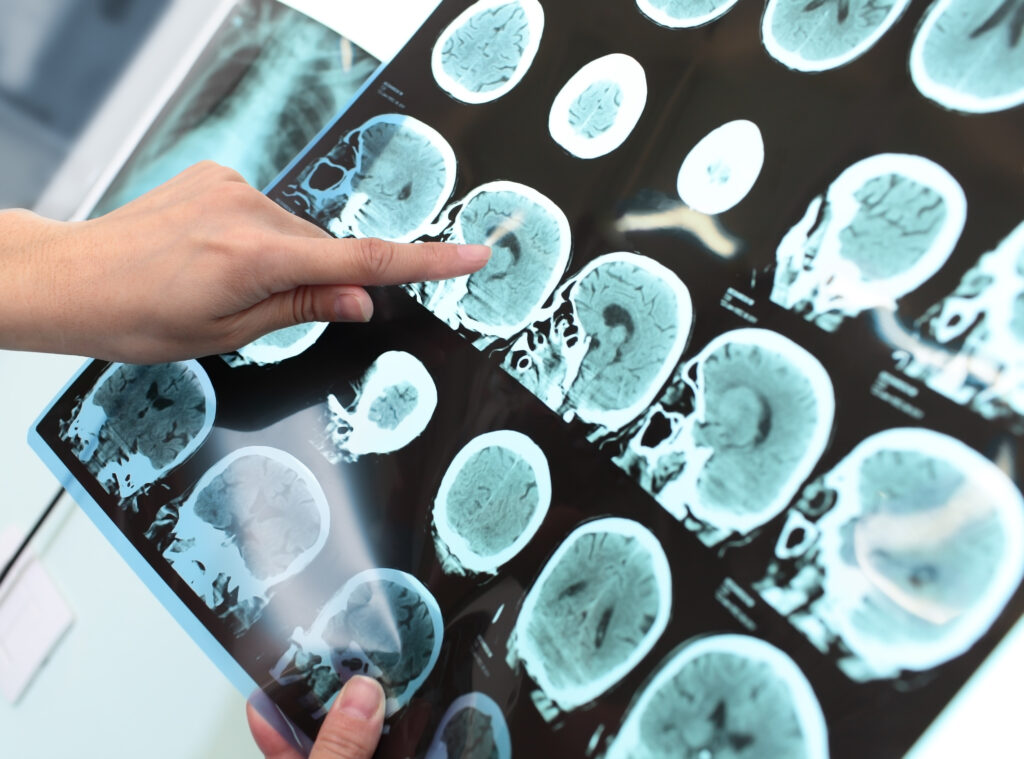News
Using machine learning to predict Alzheimer’s and Parkinson’s
- Department of Precision Health
- Parkinson’s Disease
- Competence Centre for Methodology and Statistics
- Deep Digital Phenotyping Research Unit

In a new study recently published by the Deep Digital Phenotyping Research Unit of the Dept. of Precision Health at the LIH, researchers show how deep neural nets can be used to predict the onset of neurodegenerative diseases.
For the older population, neurodegenerative diseases like Alzheimer’s, Parkinson’s, and dementia are an ever-present threat responsible for premature death, disability and poor quality of life. As life expectancy has risen, so have the prevalence and incidence of neurodegenerative diseases and, in turn, the need to understand and treat them. Complicating things is the fact that before the symptoms of neurodegenerative diseases become clearly apparent and highly debilitating, there is often a prolonged early onset or “prodromal” period, in which symptoms are mild and highly varied. Even before these periods, environmental factors like pollutants and exercise can play an essential role in determining the development of the disease, acting as a risk or protective factor. Furthermore, in the prodromal phase, they can accelerate or decelerate the disease onset. Understanding these early onset phases is crucial for predicting the development of neurodegenerative diseases, minimizing risk factors and promoting protective factors.
Due to the diverse nature of the symptoms and risks in the early onset phases of neurodegenerative diseases, developing models and predictive analyses is a tall order for researchers and clinicians. Nevertheless, statistical analyses have been performed with varying degrees of predictive success. The recent advent and development of machine learning tools, in which algorithms can be trained to make predictions based on extensive and diverse data sets, is a promising avenue for predicting and early detecting neurodegenerative diseases. Machine learning also may have the power to discover previously unknown predictive factors. The Deep Digital Phenotyping Research Unit of the Department of Precision Health at the LIH, led by Dr Guy Fagherazzi, has recently published a study in which they explore whether machine learning, specifically deep neural networks, can be used to predict neurodegenerative diseases and how well they do compare to more traditional statistical methods. Deep neural networks have already been used various medical fields, including drug discovery, medical image analysis, and genetics. However, they are rarely used in epidemiology using tabular datasets.
The researchers, led by Dr Gloria Aguayo, trained and tested three deep neural networks and two traditional statistical models on an extensive data set from the English Longitudinal Study of Ageing, spanning 12 years and including over 5000 participants. They chose over 90 variables to look at as predictors of neurodegenerative diseases. Age, memory, and physical activity were the most significant factors for predicting neurodegenerative diseases. Interestingly, other highly predictive variables were poor hearing, weight loss and gait speed.
Regarding the possible predictive impact of machine learning, the team discovered that one specific deep neural network, TabTransformer, had a superior predictive ability compared to the other methods. They suggest that for researchers going forward, TabTransformer could be a powerful alternative to more established statistical models.
The added value of this study is that we present a sophisticated reproducible methodology, combining a novel approach with state-of-the-art techniques. This analysis can be applied in predictive studies on the general population and clinical cohorts, particularly those of neurodegenerative diseases. Moreover, deep neural networks have many potential applications in cohorts with rich and diverse data (epidemiological, clinical and image data), as well as those with missing data
according to lead author Dr Gloria Aguayo.
The full paper in the BMC Medical Research Methodology journal can be found online here.
This study was presented during the National Centre of Excellence in Research on Parkinson’s Disease (NCER-PD) Consortium Meeting in May of 2021. The study was performed in collaboration with the Bioinformatics platform, the Competence Centre for Methodology and Statistics (CCMS), and the NCER-PD consortium.
This work was supported by the National Centre of Excellence in Research on Parkinson’s Disease (NCER-PD), funded by the Luxembourg National Research Fund (FNR/NCER13/BM/11264123).







